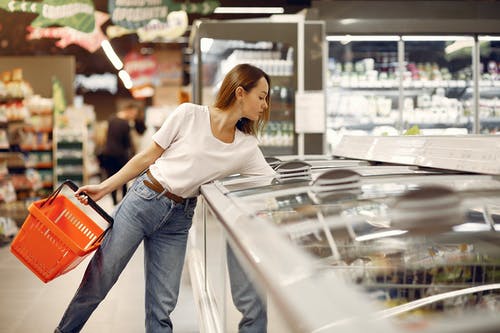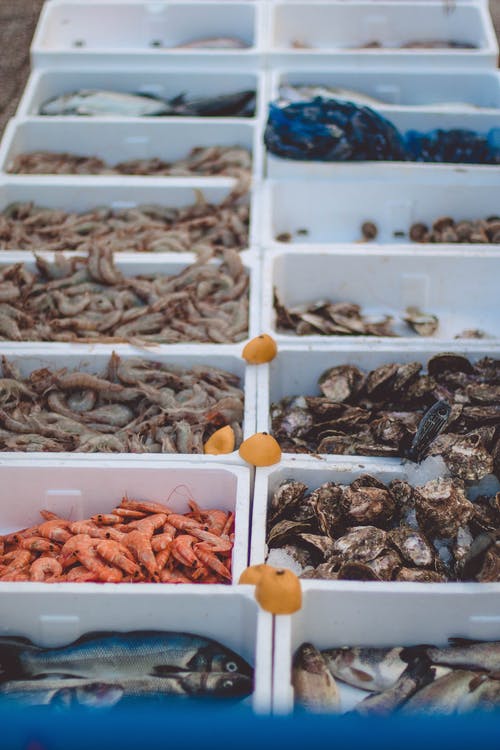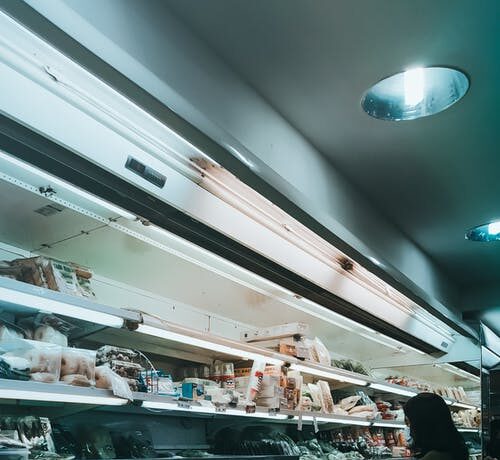Cold storage is the term used to describe the process of storing perishable items in temperatures below room temperature. This practice is one of the most essential stages in the journey from manufacturer to retailer when it comes to the food retail industry as well as other related industries such as Medicine, pharmaceuticals, chemicals etc. Cold storage is used to preserve the value of these items and boost their longevity whilst minimizing as much food wastage due to spoiling as possible. Whilst this practice is referred to as a whole by the term cold storage, there are actually several major types of cold storage which is what we’ll be exploring in this article today.
A very good cold storage provider can make a significant difference in the actual quality of the end product and so it is vital that you choose the best cold storage provider. If you’re in the market for a good cold storage provider take a look at cold storage brisbane. The team that they employ and the facilities that they manage are quite impressive. Presently cold storage can be divided into the following segments.

- Bulk Cold Stores
Bulk cold stores are what everyone thinks of when they hear of cold storage. Essentially a large warehouse used to store a single commodity. They operate on a seasonal basis. So, you would have bulk stores for potatoes another store for apples etc. This method of storage is very efficient and effective because it is environmentally friendly.
- Multi-purpose cold stores
These cold stores are commonly used to store various commodities and other products that are in demand year-round including meat items such as lamb and chicken. These units are meant to be located mainly near consumption points.
- Small Cold stores
Not every cold store is a gigantic warehouse that can nestle tons upon tons of meat, fish, and veggies. Some of the are designed to be smaller and accommodate less load to serve a different purpose, hence the name. These stores specialize in precooling the produce such that it is fit for export. This includes fresh fruits such as grapes. The producers can choose from a variety of different options when it comes to cooling systems as there are storage facilities that use mechanical refrigeration, electric based and passive evaporative cooling.

- Frozen food stores
These food stores were designed to include freezing and processing facilities. Frozen foods are generally very safe because all the frozen food stores have to comply with strict regulation regarding the temperature that the goods are stored at. One of the best aspects of a frozen food store is that there is very little risk of contamination of the food between the processing and freezing stage. This makes the food very safe to eat
- Walk in Cold Stores
Walk in cold stores are a staple of any restaurant that goes through some traffic. They usually have enough space to hold enough food for a restaurant. They can however also be used for a myriad of other purposes like for storing pharmaceuticals, food, and cosmetics





